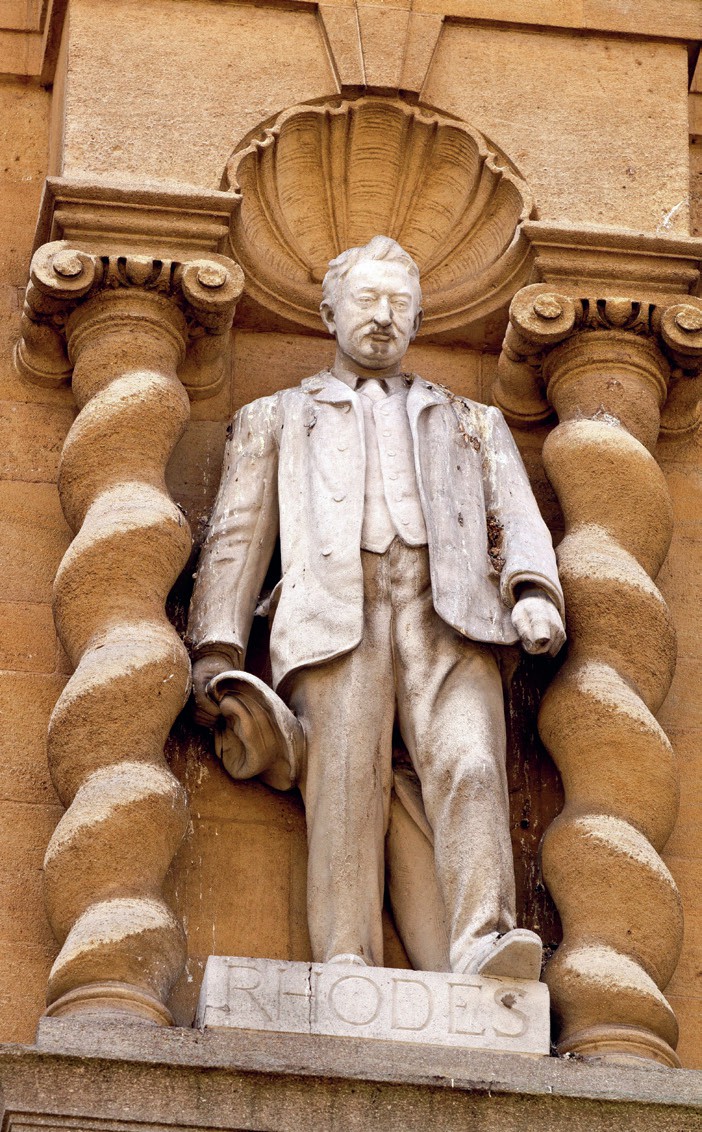
Statues of British empire builders were in the news last summer, and not for the first time. There was controversy in 2015–16 about the statue of Cecil Rhodes on the façade of Oriel College, University of Oxford, as protesters claimed ‘Rhodes must fall’. Rhodes was once viewed as a great champion of the British empire who helped to develop South Africa. Scholarships to study at Oxford are still granted in his name and funded by his estate. But decades after his death, he is seen by many as having inflicted great injustices on African people. From a modern perspective the statue and scholarships are problematic.
Between the 1500s and 1800s, European colonial powers invaded large parts of Africa, Asia, the Americas and Australasia in search of new land and resources to plunder. Indigenous populations suffered occupation, displacement and slavery as a result. Cecil Rhodes was a mining magnate who founded the country of Rhodesia (now Zimbabwe). He believed that the white Europeans were superior to all other ‘races’.
Your organisation does not have access to this article.
Sign up today to give your students the edge they need to achieve their best grades with subject expertise
Subscribe




